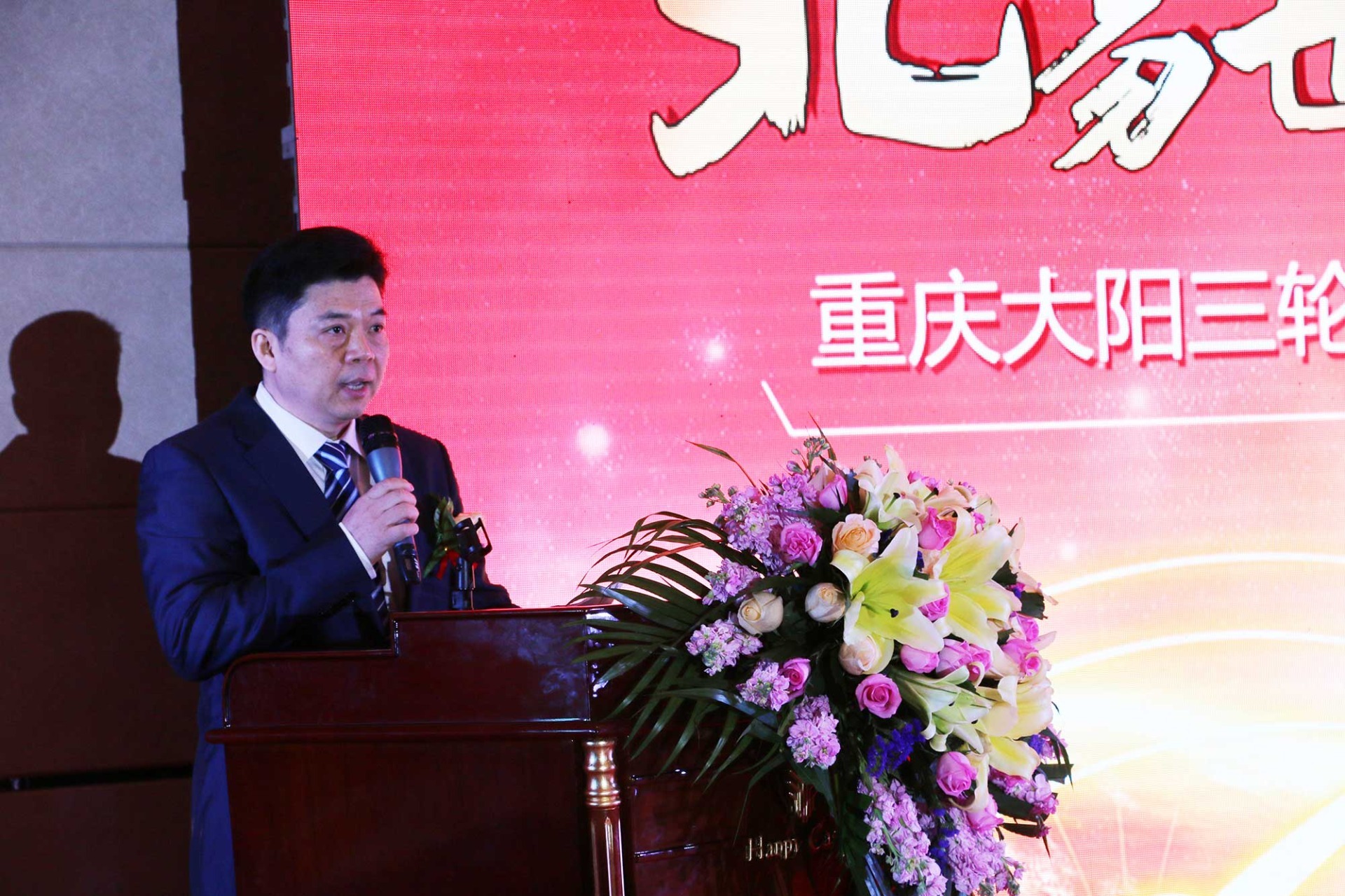
At present, the mainstream 3D printing technology can be roughly divided into six types: SLA process (light curing molding), SLS process (powder sintering molding), CJP process (color gypsum powder printing), MJP process (multi-material composite molding), PJP process (plastic melting accumulation molding) and DMP process (metal printing). As a global leader in 3D printing and manufacturing solutions, 3D SYSTEMS is clearly positioned to excel in these six areas.
3D SYSTEMS is a leading provider of design direct manufacturing solutions dedicated to "leading 3D printing for everyone". 3DS invented 3D printing technology, produced SLA printers, and was the first to commercialize them in 1988, followed by SLS printing technology, color printing (CJP) class printers, and multiple nozzle (MJP) technology, all of which were successfully commercialized.
SLA printer has the characteristics of dynamic design, which can realize rapid prototyping and assembly, allowing designers to skip the high-cost machine or mold to test the new design, which can be more convenient and economical to obtain the opportunity to get closer to the market and consumers with better products. AUTOWEEK, a well-known international automotive magazine, wrote that "3D printing makes it possible for big, traditional manufacturing concerns like General Motors to quickly adapt to consumer tastes." At the same time, SLA can print large samples while still maintaining the high precision of small details and the consistency of high repeatability. In addition, SLA printing technology also has lost mode casting capabilities that enable the molding of variable speed boxes with complex structures, freeing up design freedom and enabling more complex structures for improved performance.
SLS printing can perfectly realize the appeal of "functional prototype", its sample can imitate the performance of injection molding plastic parts; CJP printing can be full-color 3D printing, achieving the "highest productivity, the fastest printing speed, easy to use, low cost" gratifying effect; MJP printing can design models for communication. Taking Hankook Tire as an example, MJP printing technology can save 70% of the design review time after improved communication, and at the same time get a more economical, faster and more accurate model. It also fully ensures the new design and improves the security of internal data privacy. In addition, in Honda's engine development, MJP printing technology has reduced the design-to-production cycle to four weeks through more iterative design, and the lack of design limitations has improved the reliability of the engine.
Previous One : Promote supply-side reform
Next One: The worlds highest specific energy lithium-sulfur battery
Online message